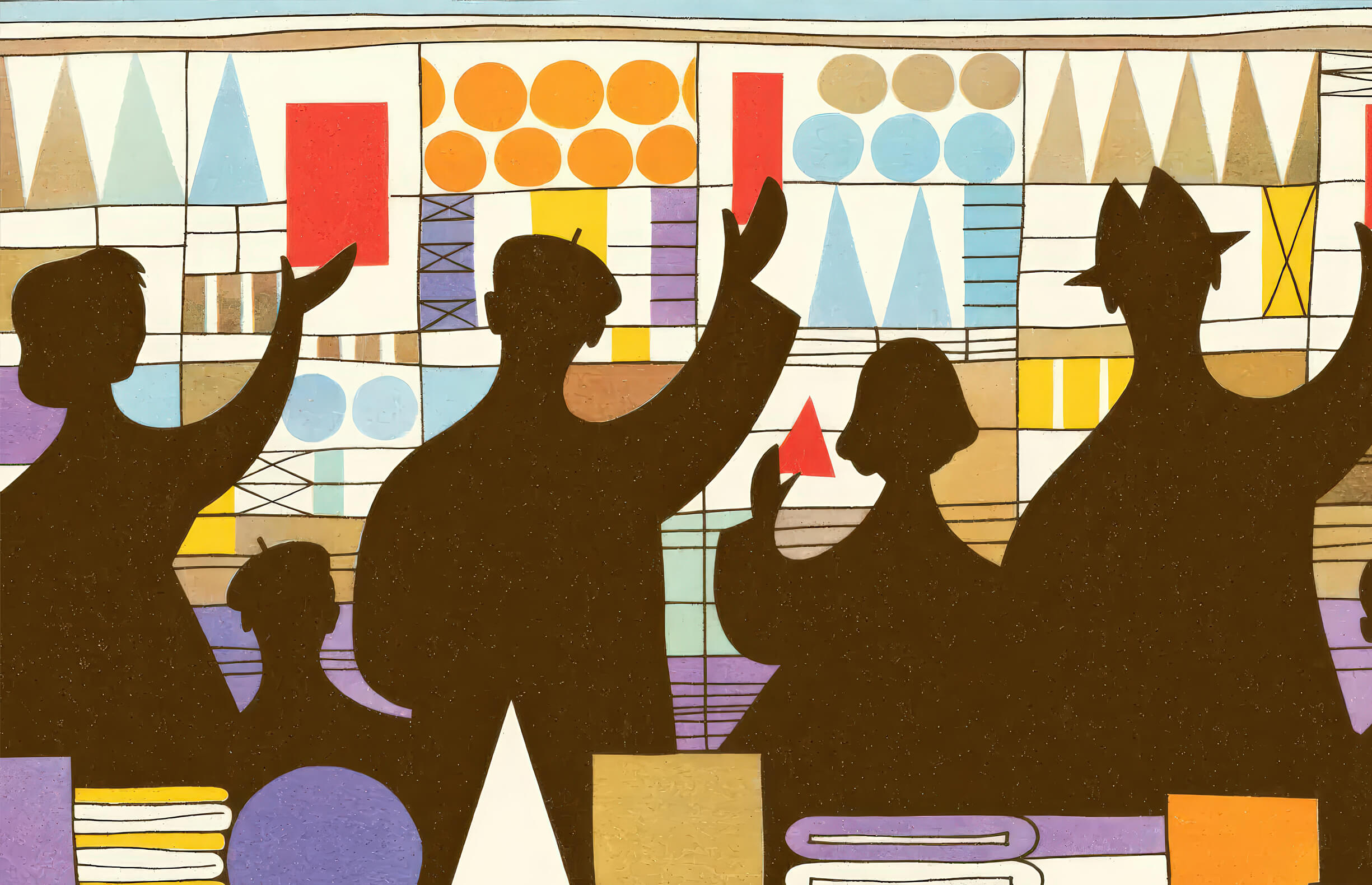Breaking the rules: That’s how many branding experts viewed Barnes & Noble‘s new, idiosyncratic approach to its store designs as it mounts a comeback and tries to fend off the likes of Amazon. “Unpredictable and dynamic” is how CEO James Daunt described the new approach in The New York Times; experimentation encourages different shopping experiences as each location strives to reflect its community.
Can, or should, this strategy be applied to consumer packaged goods competing for shelf space and mindshare? To answer this, we need to analyze the very nature of how consumers shop CPG.
Consistency is the lifeblood of CPG brands, ensuring instant recognition and trust by creating a “billboard effect” on shelves. The uniformity of logos, iconography, typography, color and product differentiation allows consumers to instantly recognize the brand in any retail setting.
Take Motrin, for example, which has “owned” the color orange in the pain relief aisle and incorporates a clock design on its children’s offering to signify the product’s long-lasting effectiveness. Such visual mnemonics are vital for standing out in a crowded marketplace. Distinctive packaging can also be helpful in catching the eye and make a product memorable. Coca-Cola’s classic bottle contours and red-and-white color scheme are instantly recognized around the world, and the Tiffany Blue Box has become an iconic symbol of the brand as well as for luxury in general. The unique cylindrical Pringles can has become its distinctive feature, and Listerine’s barbell shape reinforces the equity of the 142-year-old brand and, at the same time, leverages ergonomic styling.
The key lies in maintaining a consistent visual identity that resonates with the brand’s core message and values, enabling quick customer recognition and fostering brand loyalty.
In contrast to the consistency imperative of CPG brands, brick-and-mortar retail stores thrive on sensory experiences. These stores can’t rely solely on visual appeal; they must engage customers through scent, texture, lighting and music. Barnes & Noble’s strategy of individualizing stores is a prime example. This approach creates an immersive experience, encouraging customers to spend more time in-store and fostering a sense of community.
Ace Hardware also exemplifies this with its friendly, small-town atmosphere. Customers are greeted upon entry, and the store layout often includes surprising elements like co-branding displays that enhance the shopping experience. Even the online presence is designed to be simple and rewarding, reflecting the in-store ethos.
Starbucks, while known for its consistency, also plays with varying store sizes and infusing local elements, offering a balance between brand recognition and local adaptation. This hybrid approach shows that while the master brand needs to be consistent, there’s room for localized experiences, especially in locations where customers seek more than just a quick transaction.
This experiential aspect is crucial in brick-and-mortar retailing. The strategy is not about breaking the rules of branding but smartly bending them to enhance customer engagement without diluting brand recognition.
Achieving balance is crucial in order to bolster sales and attract new customers without alienating their loyal base. This involves gaining a deep understanding of customers and identifying the experiences they cherish.
Take, for example, Bed Bath & Beyond‘s recent blunder. Apart from lagging in its adoption of online shopping, the company committed two fatal errors: In 2019, after hiring Target’s chief merchandising officer as its new CEO, the first misstep involved a decision to revamp stores, deviating from the successful “stack it high and watch it fly” merchandising strategy.
The second, and most fatal, was delisting esteemed national brands and substituting them with private label offerings. Customers cherished the traditional experience of sifting through abundant merchandise and found the private label products subpar to national brands.
Before implementing significant changes, it’s crucial to connect with customers, whether in-person or through online platforms, to understand their retail preferences and identify areas for improvement. To effectively engage and survey customers, brands can deploy a range of tactics:
+ Utilize social media for engagement and monitoring customer sentiment
+ Conduct email surveys to gain insights into customer perceptions
+ Establish online communities or forums for discussions and shared experiences
+ Send short surveys via SMS, targeting specific customer segments
+ Use QR codes for product information, discounts and user experience feedback
+ Integrate live chat on websites for real-time interaction
+ Form customer advisory boards or online focus groups for product feedback
+ Implement surveys within mobile apps or websites
+ Encourage user-generated content to share customer experiences
+ Employ gamification strategies for loyalty programs and rewards
+ Explore people tracking technologies like Wi-Fi positioning systems, Bluetooth beacons, heatmaps and facial recognition
+ Utilize in-store sensors to monitor customer movement and interactions
+ Deploy smart shelves to track product levels and customer engagement
Exercise caution when evaluating strategies and ideas from competitors, as what works well for one retailer may not be universally applicable.
It’s essential for brands to align these tactics with their target audience and business goals. A comprehensive approach to customer engagement and feedback collection involves combining multiple strategies. While some tactics may seem tailored to in-store experiences, CPG brands can adapt similar strategies to gauge the health of their brands.
Both retail and product experiences rely on creating emotional connections with customers, whether through the physical store environment or product-related elements like packaging and other distinctive attributes. Ultimately, meeting customer expectations is key to sustaining that emotional connection, in-store and on-shelf.


